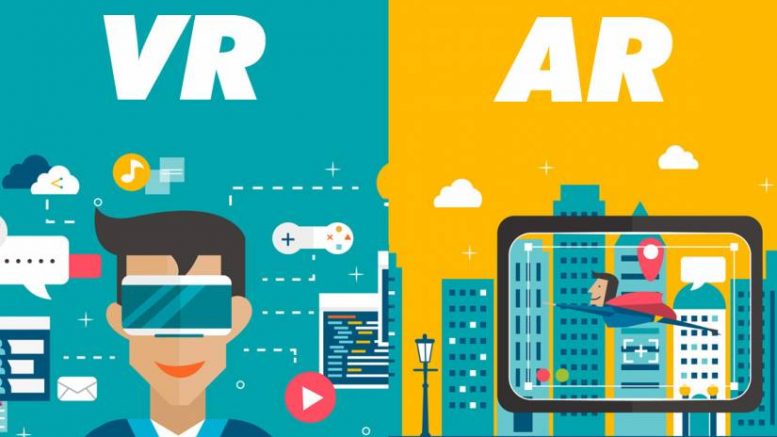James Cameron’s 3D sci-fi extravaganza, Avatar, was all anyone could talk about back in 2009. After all, the prolific director had successfully created an alternate reality using advanced technology, enabling viewers to truly live the movie. It was novel, to say the least, and quickly became a worldwide phenomenon.
Today, however, the novelty factor of these technologies, Virtual and Augmented Reality (VR and AR), may not be quite as high. But there’s a definite advantage to these becoming more commonplace, at least when it comes to brands.
Research shows that VR and AR are the future of marketing, and global behemoths such as Facebook and Google have already invested billions of dollars in the technology. The real question here is though — what exactly do AR and VR entail? Often people consider them synonymous. But the truth is that even though both technologies are fruits of the same tree, they remain fundamentally different. Let’s see how:
- AR involves digital immersion of the user, where existing reality is enhanced and interactive experiences are created using a smartphone camera. (Popular social media platforms such as Instagram and Snapchat have AR features that enable live streaming events, creation of bitmojis, and much more.)
- VR involves complete immersion in a whole new world. It allows a 360-degree view of videos and can be only be achieved with specially designed headsets.
Now that we’re clear, let’s dive right into how brands can use them to their advantage in today’s saturated market.
Make humble beginnings your mantra.
While they have been around a while, AR and VR remain fairly unfamiliar to most of us. That’s why I suggest starting small and experimenting. For example, you can organise a virtual tour of your store or business through your website or live stream a company event. If you want to start even smaller, leverage platforms such as Instagram and Snapchat that come equipped with AR capabilities and let you create ads using geofilters, videos, 3D graphics, and more. It’s always better to dip your toe in the water before you go all in!
Put your story at the center.
Storytelling is the nucleus of AR and VR as their primary job is to create a hook, immerse the customer, and offer vivid visual experiences. This means your audiences vicariously live through the stories you tell via these technologies — automatically turning them into the crucial part of your narrative.
One of the best examples here is that of a popular New York-based newspaper that released a VR app and film revolving around wars fought over the last 60 years and their impact on children. Instead of taking the traditional route of publishing the story in their pages, they created a life-like narrative around the real experience of refugee camps. Safe to say, it left a deep impact on readers and reinforced the publication’s position as one of the world’s leading newspapers.
Aim for an immersive digital experience.
AR and VR are powerful tools that’ll help you engage your audience’s senses and involve them in your message. So, think of these technologies as ways to create interactive content that’ll help people experience your product/services even before they make a purchase. And as you all know — more the engagement, better the brand recall.
That’s exactly what a world-renowned Swedish furniture giant did recently. To eliminate the woes of online shopping, the brand created an immersive experience by allowing its customers to virtually place the furniture they wish to buy inside their homes. This gave their target audience a clear picture of whether the product actually looked good or not, thereby streamlining the buyers’ journey.
The bottom line here is — AR and VR are reshaping the landscape of marketing and are definitely here to stay. So, it’s time for your business to get on the bandwagon and make the most of the technologies on offer. Trust me, the impact is going to be colossal!
The views and opinions published here belong to the author and do not necessarily reflect the views and opinions of the publisher.



Be the first to comment on "The reality of new-age marketing — AR and VR"